4th Quarter 2019
Net Earnings: Increased 4% to $1.42 billion from $1.37 billion
Earnings Per Share: n/a – BNSF is not publicly traded
Revenue: Decreased 6% to $5.84 billion from $6.21 billion
Operating Income: Increased 2% to $2.11 billion from $2.06 billion
Operating Expenses: Decreased 10% to $3.73 billion from $4.14 billion
Operating Ratio: Improved to 62.8% from 65.6%
2019 Annual Earnings
Net Earnings: Increased 5% to $5.5 billion from $5.2 billion
Earnings Per Share: n/a – BNSF is not publicly traded
Revenue: Decreased 1% to $23.5 billion from $23.9 billion
Operating Income: Increased 3% to $8.1 billion from $7.8 billion
Operating Expenses: Decreased 4% to $15.4 billion from $16.1 billion
Operating Ratio: Improved to 64.5% from 66.2%
Click here to read BNSF’s full earnings report.
4th Quarter 2019
Net Earnings: Decreased 24% to C$873 million from C$1.14 billion
Earnings Per Share: Diluted earnings per share decreased 22% to $1.22 from $1.56
Revenue: Decreased 6% to C$3.6 billion from C$3.8 billion
Operating Income: Decreased 16% to C$1.22 billion from C$1.45 billion
Operating Expenses: Increased to C$2.36 billion from C$2.35 billion
Operating Ratio: Worsened by 4.1 points to 66% from 61.9%
2019 Annual Earnings
Net Earnings: Decreased 3% to C$4.2 billion from C$4.3 billion
Earnings Per Share: Diluted Earnings Per Share decreased 1% to $5.83 from $5.87
Revenue: Increased 4% to C$14.9 billion from C$14.3 billion
Operating Income: Increased 2% to C$4.6 billion from C$5.5 billion
Operating Expenses: Increased from C$8.8 billion to C$9.3 billion
Operating Ratio: Worsened 0.9 points to 62.5% from 61.6%
Click here to read CN’s full earnings report.
4th Quarter 2019
Net Earnings: Increased 22% to C$664 million from C$545 million
Earnings Per Share: Diluted earnings per share improved 26% to $4.82 from $3.83
Revenue: Increased 3% to C$2.07 billion from C$2.01 billion
Operating Income: Increased 2% to C$890 million from C$874 million
Operating Expenses: Increased 4% to C$1.18 billion from C$1.13 billion
Operating Ratio: Worsened 50 basis points to 57.0% from 56.5%
2019 Annual Earnings
Net Earnings: Increased 25% to C$2.44 billion from C$1.95 billion
Earnings Per Share: Diluted EPS increased 29% to a record $17.52 from $13.61
Revenue: Increased 7% to a record C$7.79 billion from C$7.32 billion
Operating Income: Increased 10% to C$3.12 billion from C$2.83 billion
Operating Expenses: Increased 4% to C$4.65 billion from C$4.49 billion
Operating Ratio: Improved 140 basis points to 59.9% from 61.3%
Click here to read CP’s full earnings report.
4th Quarter 2019
Net Earnings: Decreased 9% from $848 million to $771 million
Earnings Per Share: Decreased from $1.01 to $0.99 per share
Revenue: Decreased 8% to $2.89 billion from $3.14 billion
Operating Income: Decreased 8% to $1.15 billion from $1.25 billion
Operating Expenses: Decreased 9% to $1.73 billion from $1.9 billion
Operating Ratio: A fourth-quarter record of 60.0%, down from 60.3%
2019 Annual Earnings
Net Earnings: Increased 1% to $3.33 billion from $3.31 billion
Earnings Per Share: Increased 9% to $4.17 per share from $3.84 per share
Revenue: Decreased 3% to $11.94 billion from $12.25 billion
Operating Income: Increased 2% to $4.97 billion from $4.87 billion
Operating Expenses: Decreased 6% to $6.97 billion from $7.38 billion
Operating Ratio: A U.S. Class I railroad record of 58.4%, down from 60.3%
Click here to read CSX’s full earnings report.
4th Quarter 2019
Net Earnings: Decreased to $127.9 million from $161.8 million
Earnings Per Share: Decreased 18% to $1.30 per diluted share from $1.59 per diluted share
Revenue: Increased 5% to $729.5 million from $694.0 million
Operating Income: Decreased to $236.0 million from $256.4 million
Operating Expenses: Increased to $493.5 million from $437.6 million
Operating Ratio: Worsened 450 basis points to 67.6% from 63.1%
2019 Annual Earnings
Net Earnings: Decreased to $540.8 million from $629.4 million
Earnings Per Share: Decreased 12% to $5.40 per diluted share from $6.13 per diluted share
Revenue: Increased 6% to $2.9 billion from $2.7 billion
Operating Income: Decreased to $886.3 million from $986.3 million
Operating Expenses: Increased to $1.98 billion from $1.73 billion
Operating Ratio: Worsened 540 basis points to 69.1% from 63.7%
Click here to read KCS’s full earnings report.
4th Quarter 2019
Net Earnings: Decreased 5% to $666 million from $702 million
Earnings Per Share: Decreased 1% to $2.55 per diluted share from $2.57 per diluted share
Revenue: Decreased 7% to 2.7 billion from $2.9 billion
Operating Income: Decreased 11% to $1.0 billion from $1.1 billion
Operating Expenses: Decreased 5% to $1.7 billion from $1.8 billion
Operating Ratio: Worsened to 64.2% from 62.8%
2019 Annual Earnings
Net Earnings: Increased 2% to $2.72 billion from $2.67 billion
Earnings Per Share: Increased 8% to $10.25 per diluted share from $9.51 per diluted share
Revenue: Decreased 1% to $11.3 billion from $11.5 billion
Operating Income: Increased 1% to $3.989 billion from $3.959 billion
Operating Expenses: Decreased 3% to $7.3 billion from $7.5 billion
Operating Ratio: Improved to a record 64.7% from 65.4%
Click here to read NS’s full earnings report.
4th Quarter 2019
Net Earnings: Decreased 10% to $1.4 billion from $1.6 billion
Earnings Per Share: Decreased 5% to $2.02 per diluted share from $2.12 per diluted share
Revenue: Decreased 9% to $5.2 billion from $5.8 billion
Operating Income: Decreased 5% to $2.1 billion from $2.2 billion
Operating Expenses: Decreased 12% to $3.1 billion from $3.5 billion
Operating Ratio: Increased 1.9 points to a record 59.7% from 61.6%
2019 Annual Earnings
Net Earnings: Decreased 1% to $5.91 billion from $5.97 billion
Earnings Per Share: Increased 6% to $8.38 per diluted share from $7.91 per diluted share
Revenue: Decreased 5% to $21.7 billion from $22.8 billion
Operating Income: Stayed flat at $8.6 billion
Operating Expenses: Decreased 8% to $13.2 billion from $14.3 billion
Operating Ratio: Decreased 2.1 points to 60.6% from 62.7%
Click here to read UP’s full earnings report.
Notes:
- Operating ratio is a railroad’s operating expenses expressed as a percentage of operating revenue, and is considered by economists to be the basic measure of carrier profitability. The lower the operating ratio, the more efficient the railroad.
- All comparisons are made to 2018’s fourth quarter and annual financial results respectively for each railroad.
- All figures for CN & CP are in Canadian currency, except for earnings per share



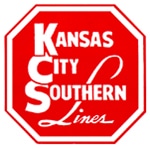
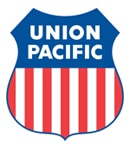
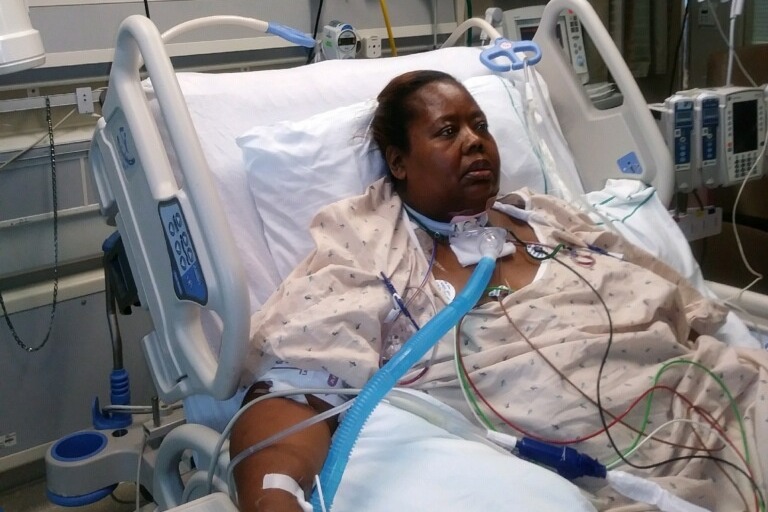 On July 22 of this year, Local 1715 member Karen Taylor was shot five times in broad daylight while her Charlotte Area Transit Systems (CATS) bus was stopped to unload passengers.
On July 22 of this year, Local 1715 member Karen Taylor was shot five times in broad daylight while her Charlotte Area Transit Systems (CATS) bus was stopped to unload passengers. The
The 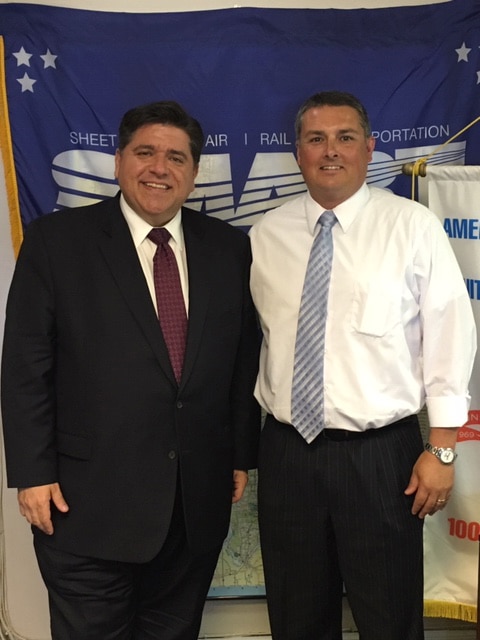
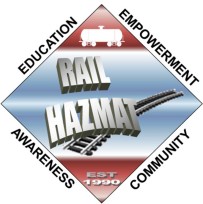 The Rail Workers Hazardous Materials Training Program has announced they will be hosting four of their 40-hr Chemical Emergence Response class in October and during the first quarter of next year.
The Rail Workers Hazardous Materials Training Program has announced they will be hosting four of their 40-hr Chemical Emergence Response class in October and during the first quarter of next year.